The Command Prompt is a powerful tool in Windows 11 that allows you to execute commands, troubleshoot issues, and perform advanced administrative tasks. Knowing how to access it quickly can enhance your productivity. Here are several methods to open the Command Prompt in Windows 11.
1. Open Command Prompt Using the Run Dialog
One of the fastest ways to launch Command Prompt is through the Run dialog:
- Press
Windows + Ron your keyboard to open the Run dialog. - Type
cmdin the text box. - Click OK or press
Enterto open Command Prompt.
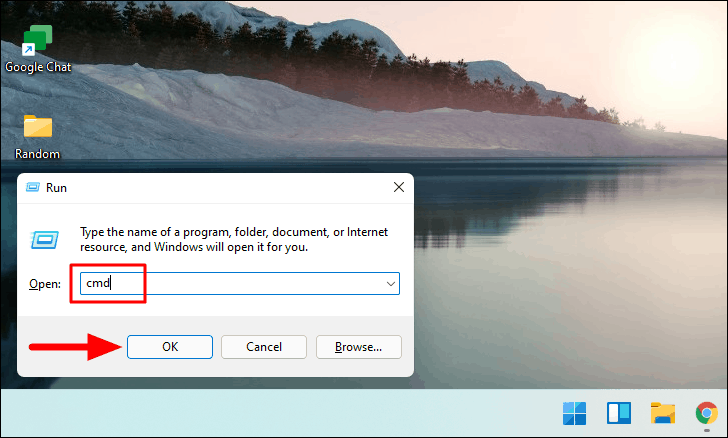
2. Open Command Prompt from the Search Menu
You can access Command Prompt directly from the Windows Search menu:
- Click the Search icon on the taskbar or press
Windows + S. - Type Command Prompt in the search bar.
- Click on Command Prompt from the search results to open it.

To run Command Prompt as an administrator:
- Right-click on Command Prompt in the search results.
- Select Run as administrator from the context menu.
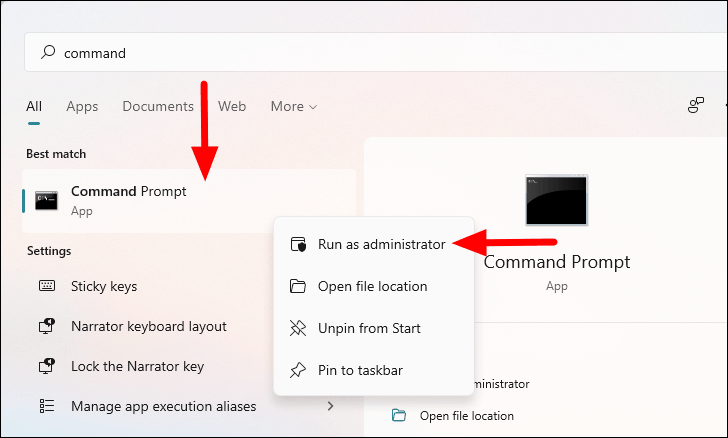
3. Open Command Prompt from the Start Menu
You can find Command Prompt in the Start Menu's pinned apps or by navigating through the app list:
- Click the Start button on the taskbar.
- Look for Command Prompt in the Pinned apps section and click on it to open.
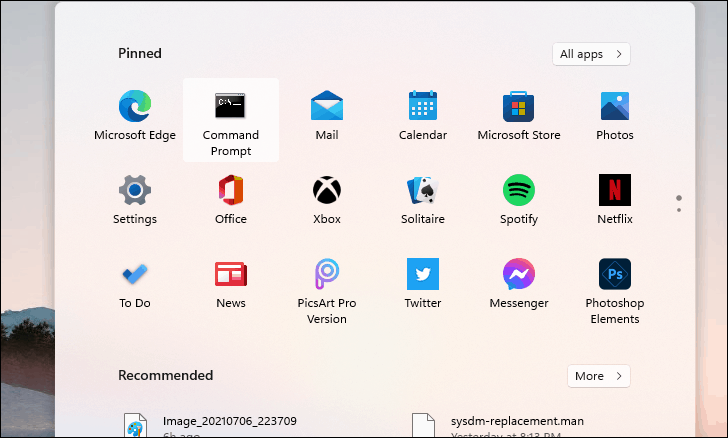
If you need to run it with administrative privileges:
- Right-click on Command Prompt in the Start Menu.
- Select Run as administrator.

Note: If you don't see Command Prompt in the Pinned apps, you can pin it for easy access.
Pin Command Prompt to the Start Menu
- Press
Windows + Sto open the Search menu. - Type Command Prompt.
- Right-click on Command Prompt in the search results.
- Select Pin to Start.
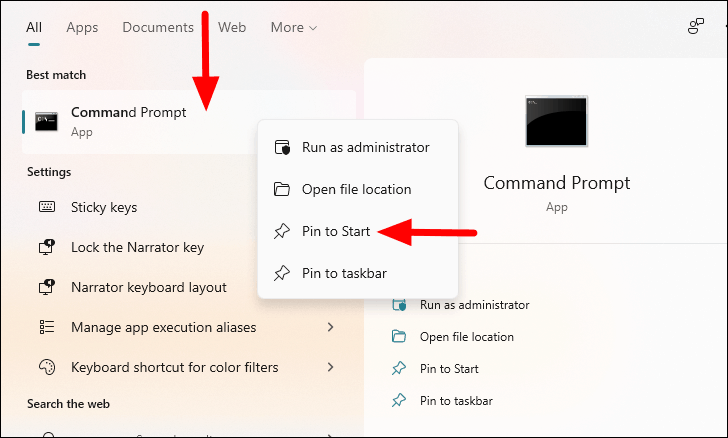
4. Open Command Prompt in Windows Terminal
Windows Terminal allows you to use Command Prompt alongside other command-line tools:
- Press the
Windowskey and type Windows Terminal. - Click on Windows Terminal to open it. For administrator access, right-click and select Run as administrator.

To open Command Prompt within Windows Terminal:
- Click the downward-facing arrow next to the plus (+) tab.
- Select Command Prompt from the dropdown menu.
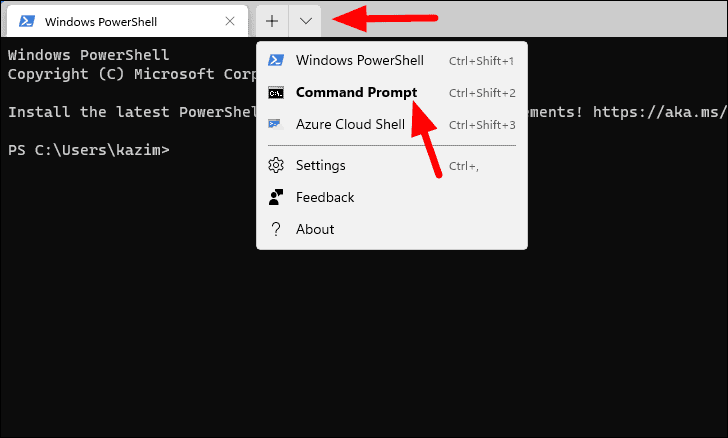
You can also press Ctrl + Shift + 2 to open Command Prompt in a new tab.

Set Command Prompt as the Default Profile in Windows Terminal
If you prefer Command Prompt to open by default in Windows Terminal:
- In Windows Terminal, click the downward-facing arrow and select Settings or press
Ctrl + ,.
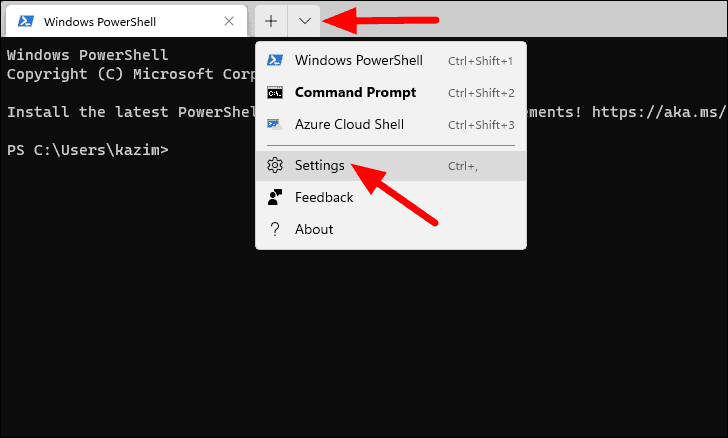
- In the Startup tab, click the dropdown menu under Default profile.
- Select Command Prompt from the list.
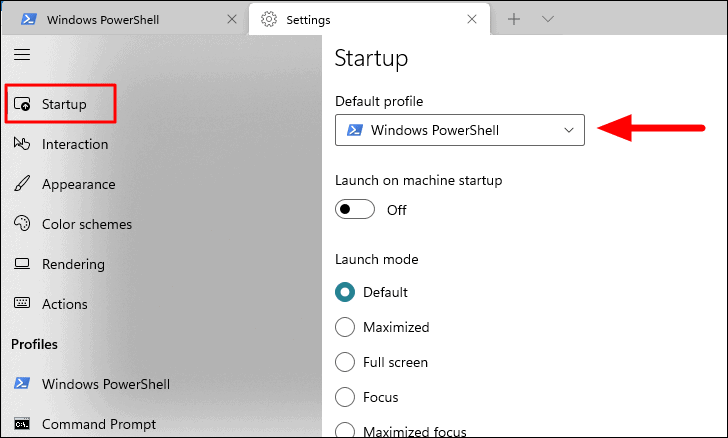
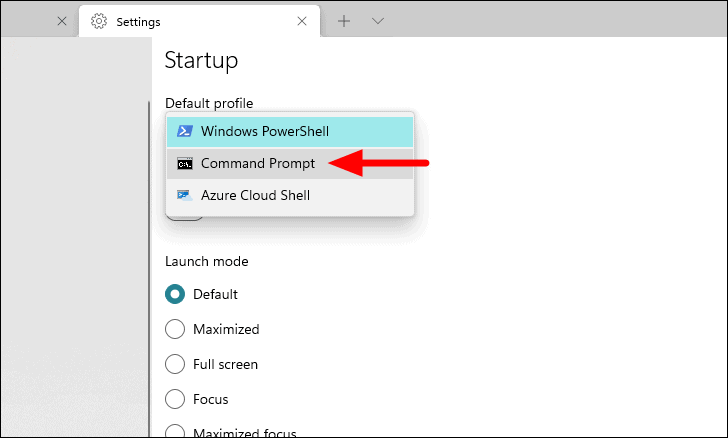
- Click Save to apply the changes.
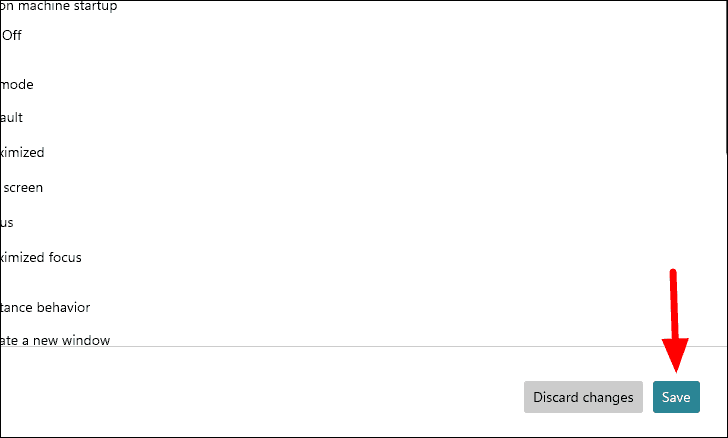
Now, when you open Windows Terminal, it will default to Command Prompt.
5. Open Command Prompt from File Explorer
You can launch Command Prompt directly from File Explorer:
Using the Address Bar
- Open File Explorer by pressing
Windows + E. - Click on the address bar to highlight the current path.
- Type
cmdand pressEnter.
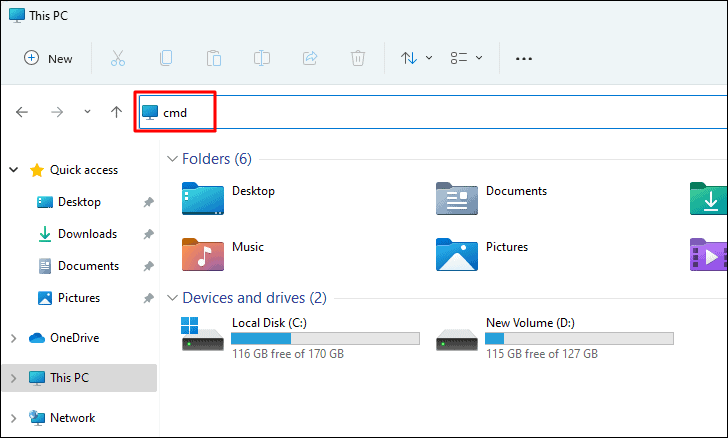
This will open Command Prompt in the current directory.
Navigating to the File Location
- In File Explorer, navigate to the following path:
C:\Windows\System32- Scroll down and locate cmd.exe.
- Double-click cmd.exe to open Command Prompt.

To run it as an administrator:
- Right-click on cmd.exe and select Show more options.

- Click on Run as administrator in the context menu.
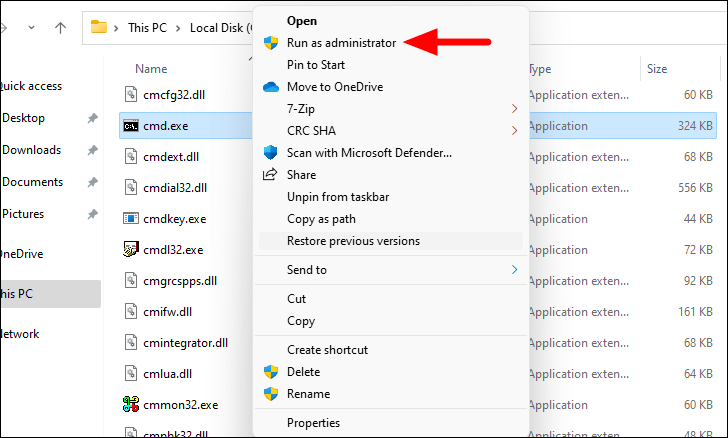
6. Open Command Prompt from the Taskbar
Pinning Command Prompt to the taskbar allows for one-click access:
Pin Command Prompt to the Taskbar
- Press
Windows + Sto open the Search menu. - Type Command Prompt.
- Right-click on Command Prompt in the search results.
- Select Pin to taskbar.
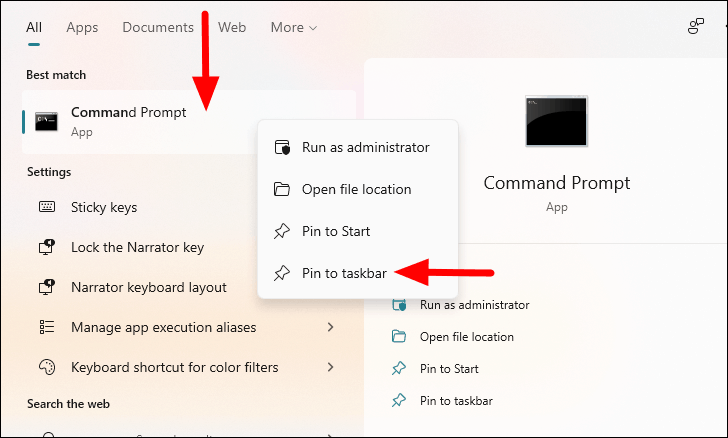
Access Command Prompt from the Taskbar
- Click the Command Prompt icon on the taskbar to open it.
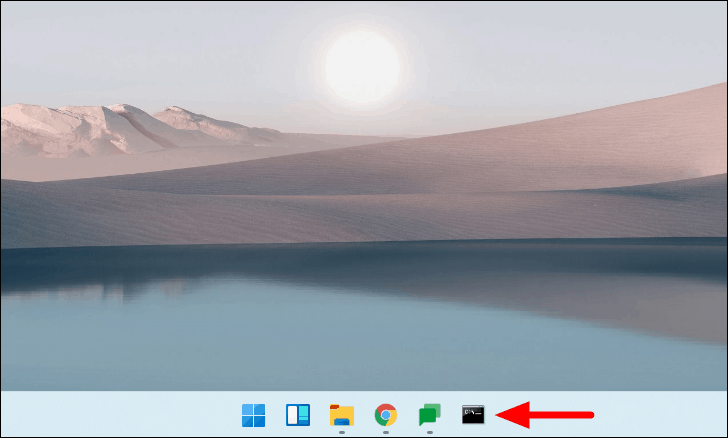
To run it as an administrator:
- Right-click on the Command Prompt icon.
- Again, right-click on Command Prompt in the menu.
- Select Run as administrator.
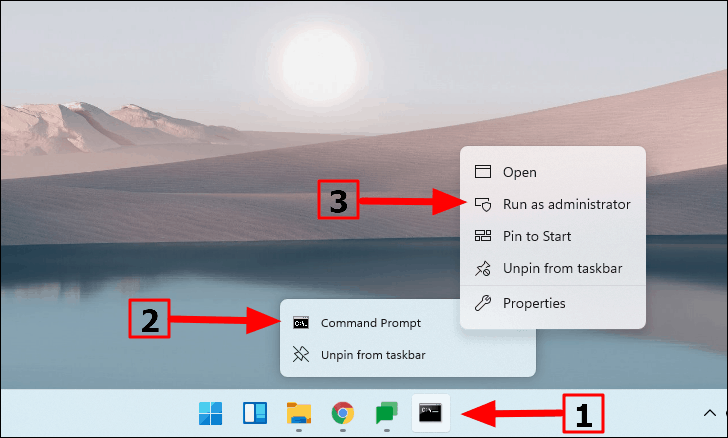
7. Open Command Prompt from a Desktop Shortcut
Creating a desktop shortcut for Command Prompt provides quick access:
Create a Shortcut
- Right-click on an empty area of the desktop.
- Hover over New and select Shortcut.
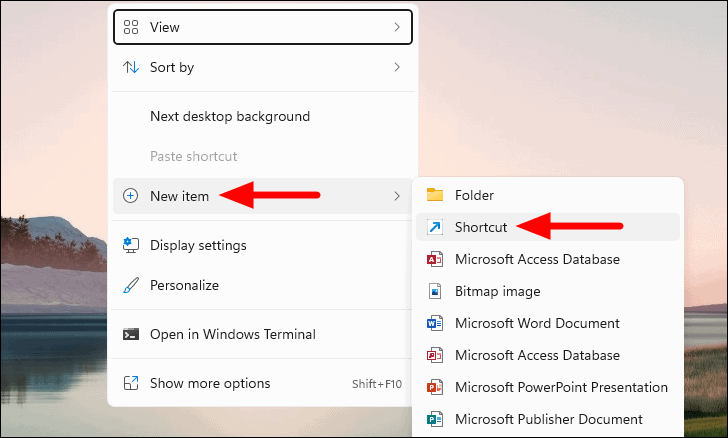
- In the location field, type
cmdand click Next.

- Name the shortcut (e.g., Command Prompt) and click Finish.

Use the Shortcut
- Double-click the shortcut to open Command Prompt.
- To run as administrator, right-click the shortcut and select Run as administrator.
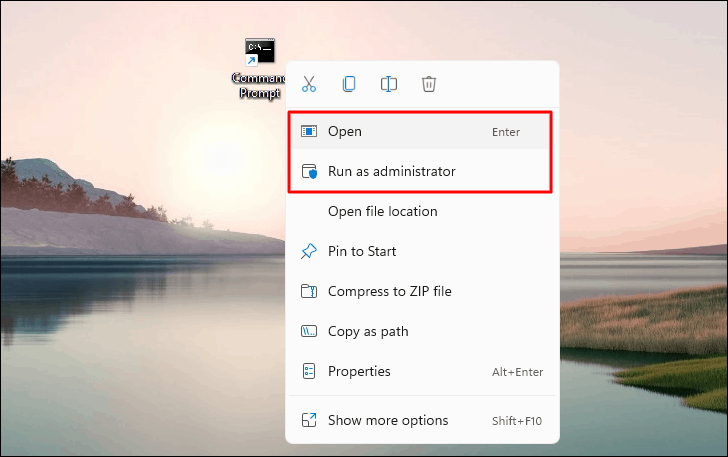
8. Open Command Prompt from Task Manager
Task Manager allows you to run new tasks, including Command Prompt:
- Press
Ctrl + Shift + Escto open Task Manager. - Click on File and select Run new task.

- Type
cmdin the Open field. - Check the box Create this task with administrative privileges if needed.
- Click OK to open Command Prompt.

9. Open Command Prompt from Windows Recovery Environment
If your system isn't booting correctly, you can access Command Prompt through the Recovery Environment:
- Open Settings by pressing
Windows + I. - Scroll down and click on Recovery.
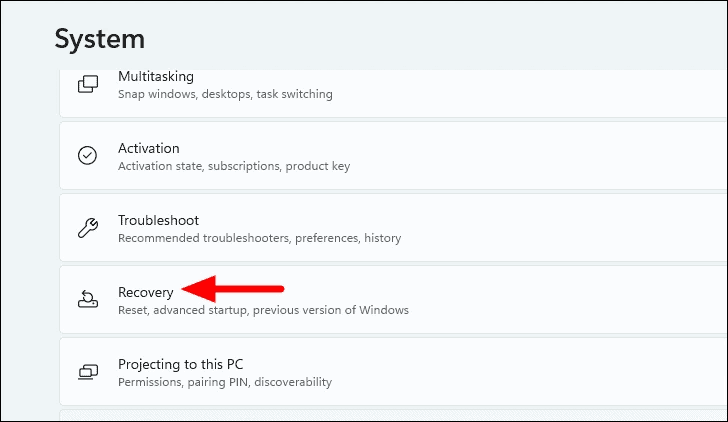
- Under Advanced startup, click Restart now.

- Confirm by clicking Restart now.
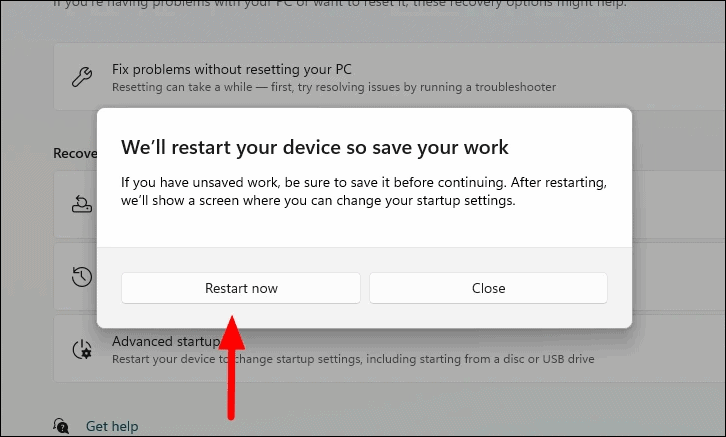
Your PC will restart into the Recovery Environment.
- Click on Troubleshoot.
- Select Advanced options.
- Click on Command Prompt.
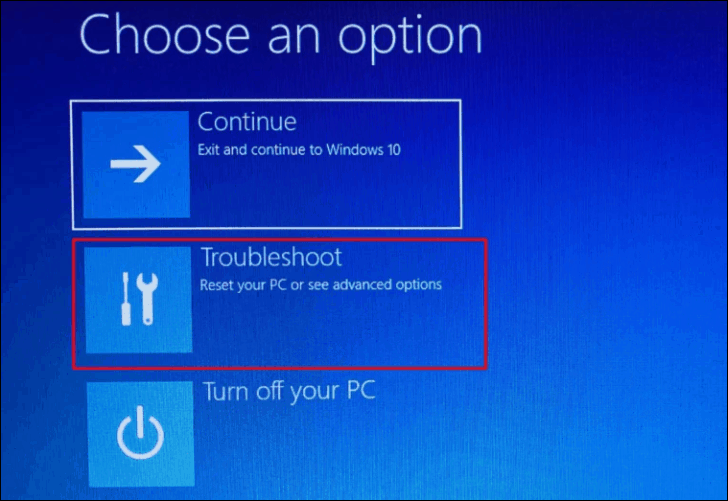
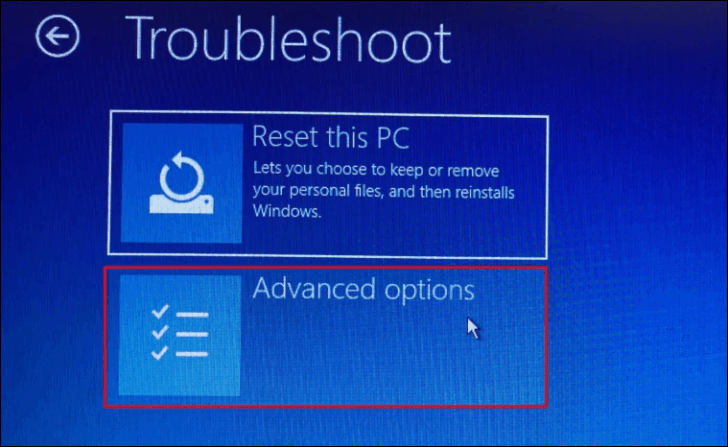
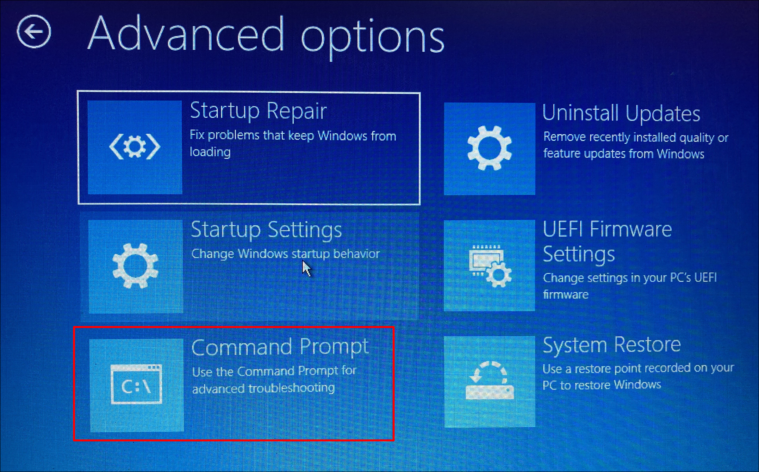
10. Open Command Prompt Using a Bootable USB Drive
If Windows won't boot, you can access Command Prompt using a bootable USB drive:
Note: The steps may vary depending on your computer's manufacturer. Check your device's manual for specific instructions.
- Create a bootable Windows 11 USB drive. (Refer to our guide on how to create a bootable Windows 11 USB drive.)
- Insert the bootable USB drive and restart your computer.
- Access the boot menu (e.g., press
F9for HP) and select the USB drive to boot from.
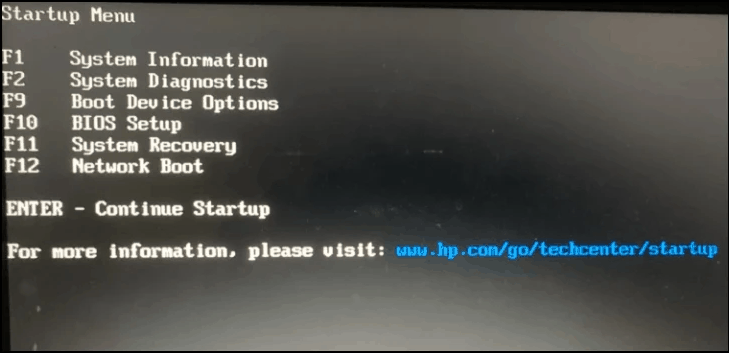
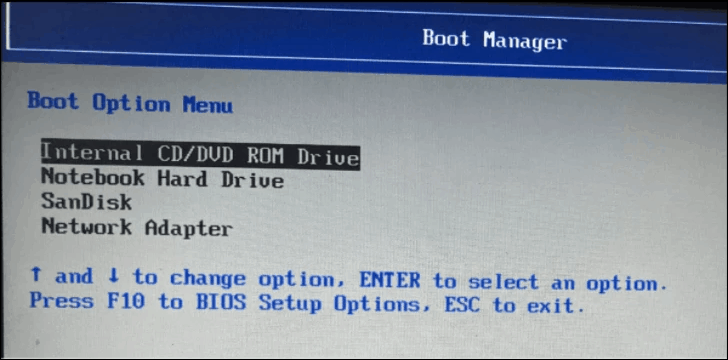
Windows Setup will load.
- Click Next when the Windows Setup screen appears.
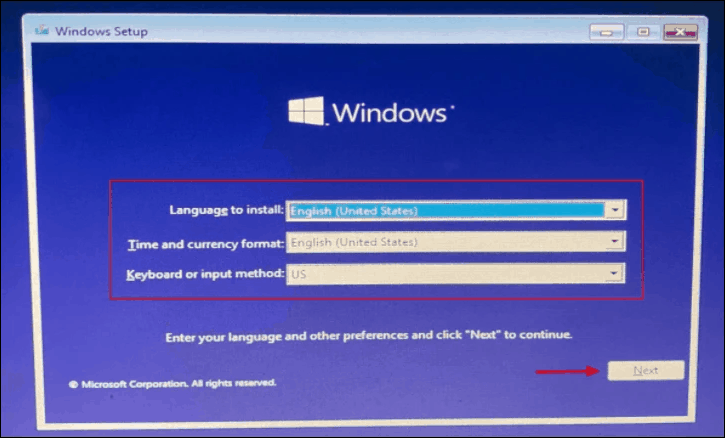
- Click on Repair your computer at the bottom-left corner.
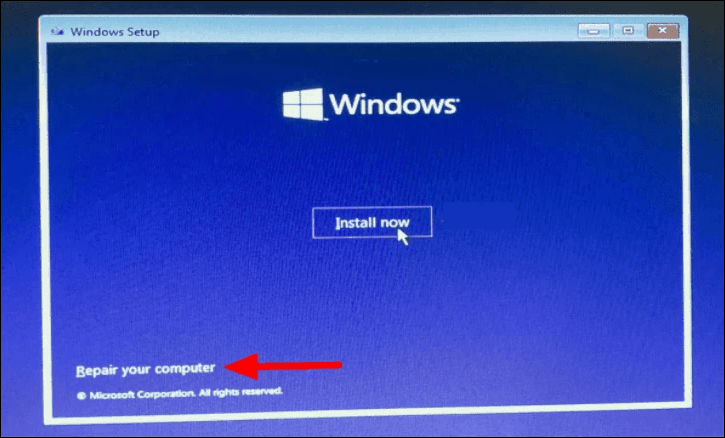
This will take you to the Recovery Environment.
- Select Troubleshoot.
- Click on Command Prompt in Advanced options.
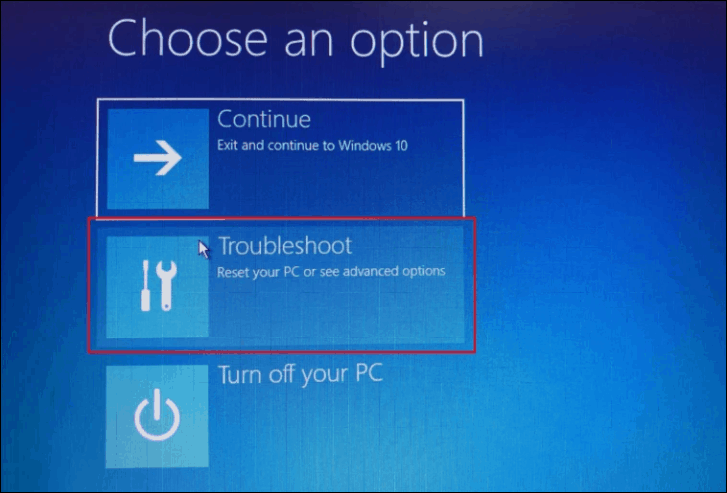

By mastering these methods, you can quickly access Command Prompt in Windows 11 whenever you need it, whether for routine tasks or troubleshooting purposes.

